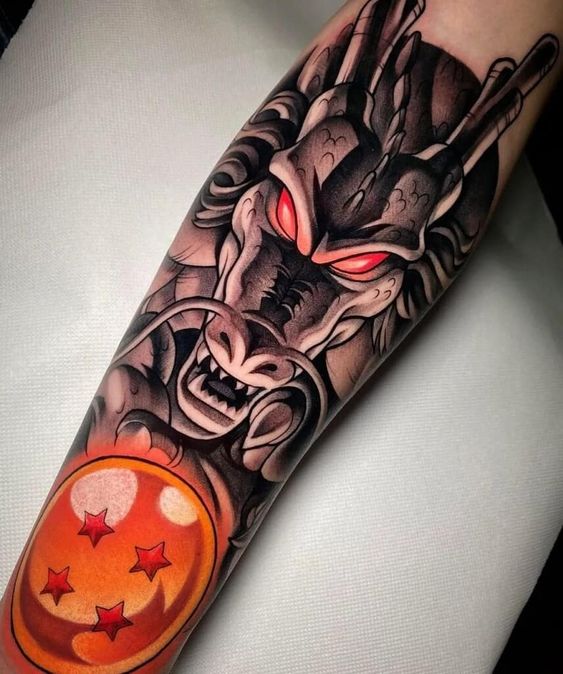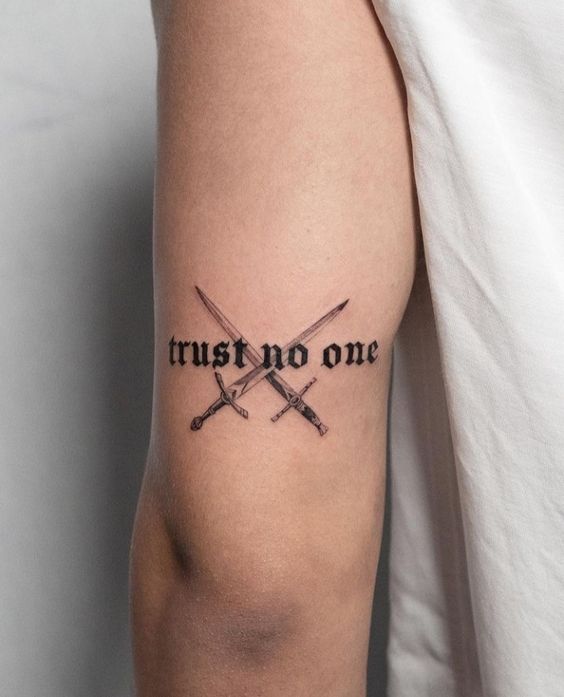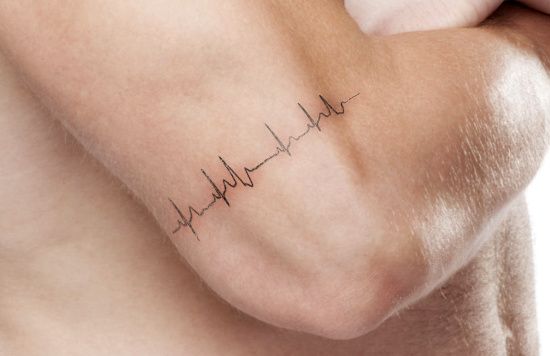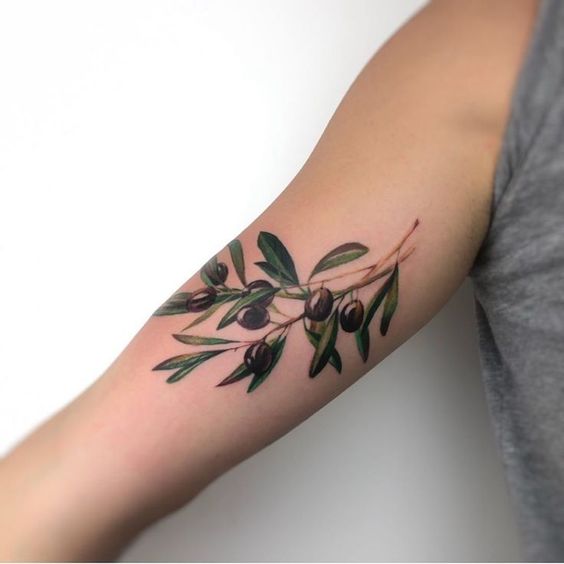Gladiators in ancient Rome were symbols of bravery and skill. Their SPQR tattoos represented more than just art; they were a mark of honor. The acronym SPQR stands for “Senātus Populusque Rōmānus”, embodying the essence of the Roman Republic. These tattoos showcased a gladiator’s allegiance to Rome.
The ink used in these tattoos was more than mere decoration. It spoke of a gladiator’s journey, victories, and sometimes, their origins. Gladiators came from diverse backgrounds, and their tattoos often reflected this. Each symbol told a story, from personal achievements to battles fought.
Interestingly, these tattoos also served a practical purpose. In the heat of battle, identification could be challenging. SPQR tattoos helped in recognizing fallen gladiators. Their bodies were returned to their schools or families, ensuring a dignified end.
The design of SPQR tattoos varied widely. Some gladiators chose intricate patterns, while others preferred simple symbols. The placement of these tattoos also had significance. Common spots were arms, back, or chest – areas visible during combat.
These tattoos continue to fascinate us. They are a window into the lives of ancient warriors. Modern tattoo enthusiasts often replicate these designs, paying homage to the gladiators’ courage. The legacy of the SPQR tattoos remains strong, a timeless symbol of strength and loyalty to one’s roots.
In conclusion, SPQR tattoos were more than body art for gladiators. They were a badge of honor, a story in ink, and a practical tool in the chaos of battle. These tattoos connect us to a past where bravery and honor were paramount, and their significance continues to resonate today.











